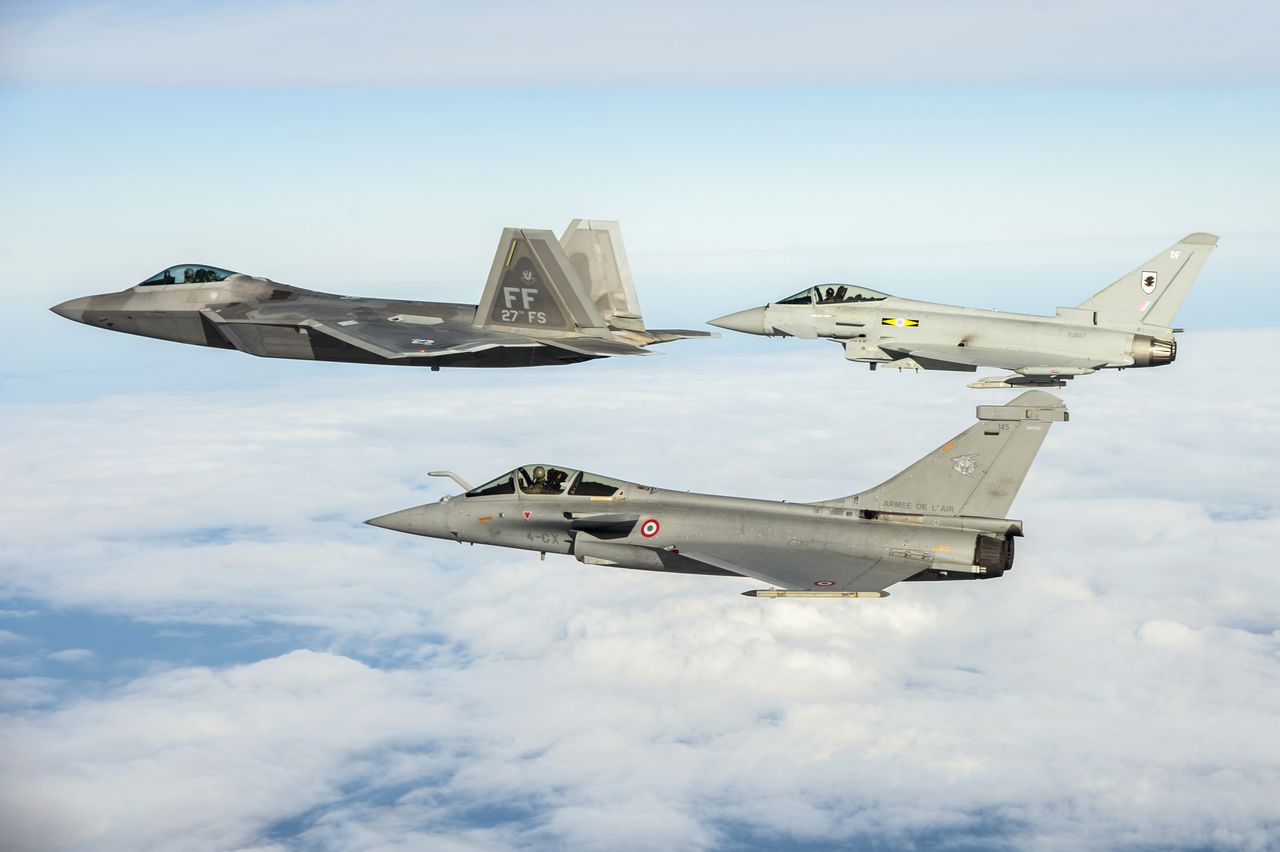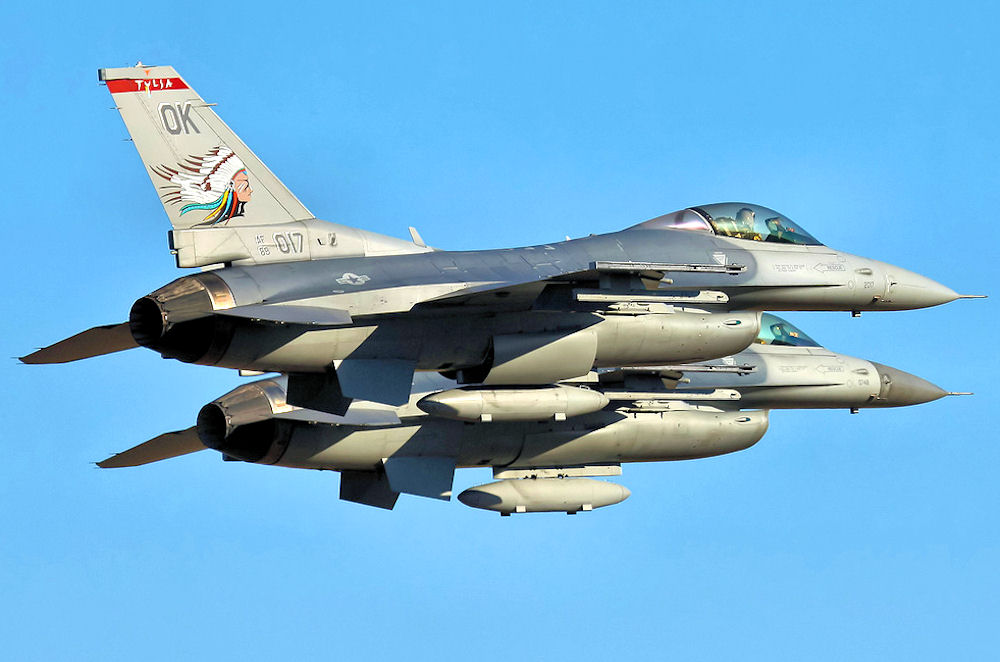On May 25, British F-35s and Eurofighter Typhoons, together with Czech Gripens, participated in an air maritime drill to shield a U.S. Navy Destroyer over the Baltic Sea as part of Vigilance Activity Neptune Shield 22 (NESH22).
Stranded & Alone: After Machoism Against Russia, Ukraine Gets A ‘Reality Check’ From NATO & EU
The purpose of the simulated exercise was to ensure that the ship was protected by an effective integrated air and missile defense system.
For this, the forces engaged in defensive air combat with their adversaries, simulating aerial attacks on the ship, the British Royal Air Force (RAF) announced in a statement.
The exercise was carried out over the Baltic Sea by Typhoons from RAF Lossiemouth and F-35B Lightning fighters from RAF Marham.
The RAF aircraft were then reinforced by Czech Airforce Gripen fighters as they arrived in the exercise area with the USS Gravely, an Arleigh Burke-class guided-missile destroyer.
Chinese Taikonaut ‘Apes’ ISS Astronaut At Space Station; Makes Strikingly Similar Video On Life In Space — Watch
The RAF Typhoons did a seven-hour sortie and then came under the control of the USS Gravely to provide an effective integrated air and missile defense to safeguard the ship, the press release said.
In a statement, Typhoon Pilot RAF Lossiemouth said, “We conducted defensive air combat against adversaries simulating airborne attacks against the ship.”

In a separate statement, Allied Air Command Public Affairs Office said that the exercise included a variety of multi-domain exercises “across Europe and in the Baltic and Mediterranean Seas” involving “air, land, and maritime assets.” This mission allowed for air-maritime training as well as “strengthen alliance capability in a critical area.”
“These types of activities allow NATO forces to coordinate and cooperate in a complex scenario and improve our ability to react as one against any threat,” said Brigadier General Christoph Pliet, Deputy Chief of Staff Operations at Allied Air Command.
“Each time we work together with our allies in the maritime and land domains, we become a more cohesive and ready force,” added General Pliet.
NESH22 enables NATO forces to incorporate high-end maritime strike capabilities into continuous vigilance actions that ensure regional security and stability. Multiple theater-wide missions and training activities can be carried out concurrently across Europe because of the unique capabilities of allied airpower.
Furthermore, the allied air, land, and maritime components have all improved their readiness as a result of NESH22. NESH 22 was held in the Baltic Sea, Adriatic Sea, and Mediterranean Sea regions from May 17 to May 31.
Countries that participated in the exercise included Albania, Bulgaria, Croatia, Denmark, France, Germany, Greece, Italy, Latvia, Lithuania, Netherlands, Poland, Portugal, Romania, Slovenia, Spain, Turkey, the U.K., and the U.S.
RAF Typhoon Vs U.S F-16
Meanwhile, the USS Gonzalez, another Arleigh Burke-class destroyer, carried out similar drills over the Red Sea.
In this operation, RAF Typhoons from the 83rd Expeditionary Air Group launched from RAF Akrotiri to accompany U.S. Air Force F-16s in undertaking drills with a U.S. Navy ship.

The USS Gonzalez offered maritime air control for RAF Typhoons practicing intercepts, which led to the pilots engaging in combat maneuvers against U.S. Air Force F-16s.
Exercises like these are aimed to put a variety of drills to the test and to improve interoperability between RAF fast aircraft and ships from the U.K.’s key defense ally across the world.
Following the conflict in Ukraine, the NATO countries have been demonstrating their ability to respond to global crises. In early May, 3,000 personnel from eight NATO countries participated in Exercise Swift Response in North Macedonia, led by the 16th Air Assault Brigade Combat Team (BCT).
- Contact the author at ashishmichel@gmail.com
- Follow EurAsian Times on Google News




